Rockpooling is a fascinating summertime activity for all ages and a wide variety of rockpools can be found at beaches across the UK.
Highlights of a good day out can include a mermaid’s purse (dogfish eggs that are like a tiny womb – hold them up to the light and you can see the developing embryo inside), squat lobsters and crabs hiding under rocks, common prawns darting about in the open water, blennies changing colour to match their background, cushion stars and starfish.
Our expert rockpool identification guide reveals the species you're likely to spot when rockpooling in the UK and how to identify them. To find out more about how to rockpool, equipment to use and great rockpooling locations see our main rockpool guide.
1
Hermit Crab Pagurus bernhardus
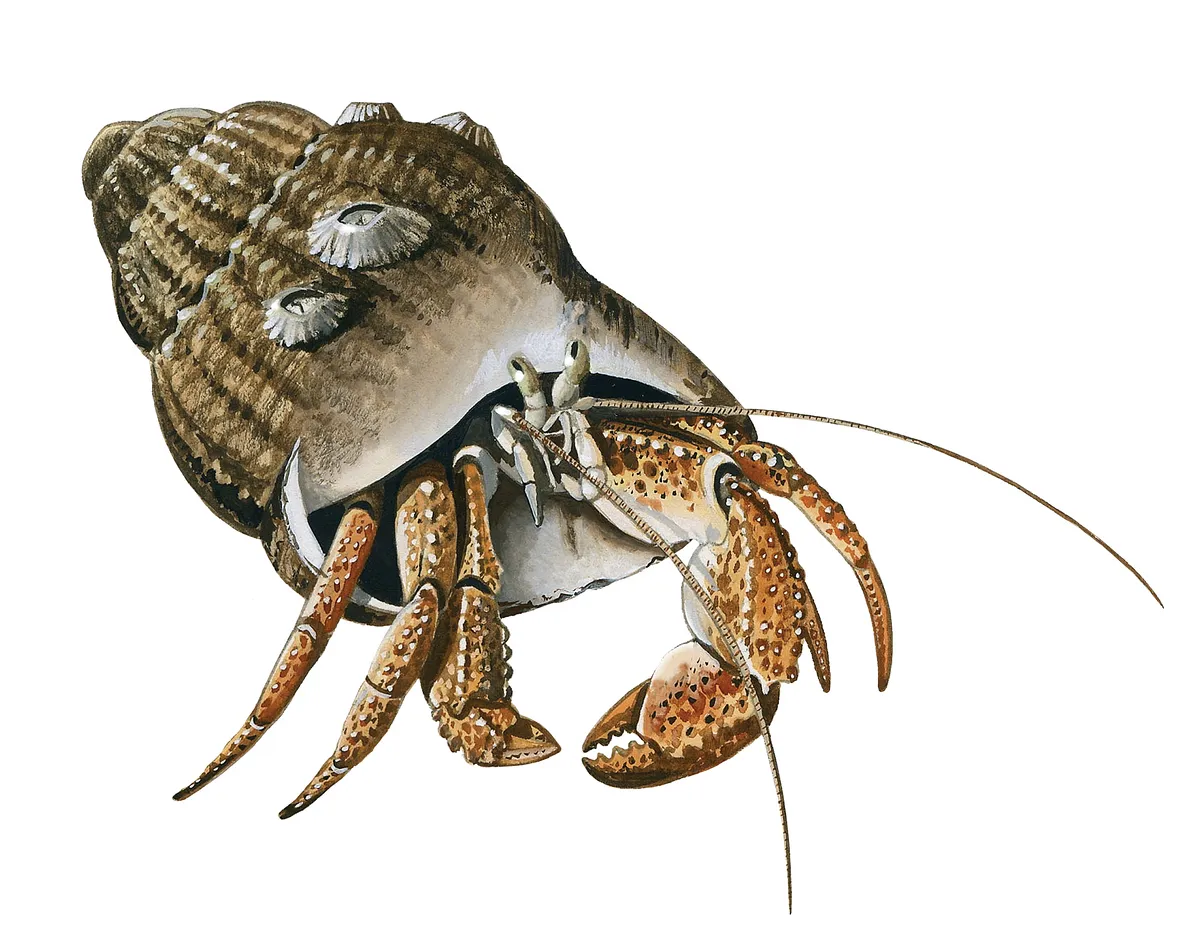
This soft-bodied crab lives in an empty spiral shell, moving up sizes as it grows. When inside, its right pincer seals the entrance.
2
Mermaid's Purse The egg cases of sharks, skates and rays
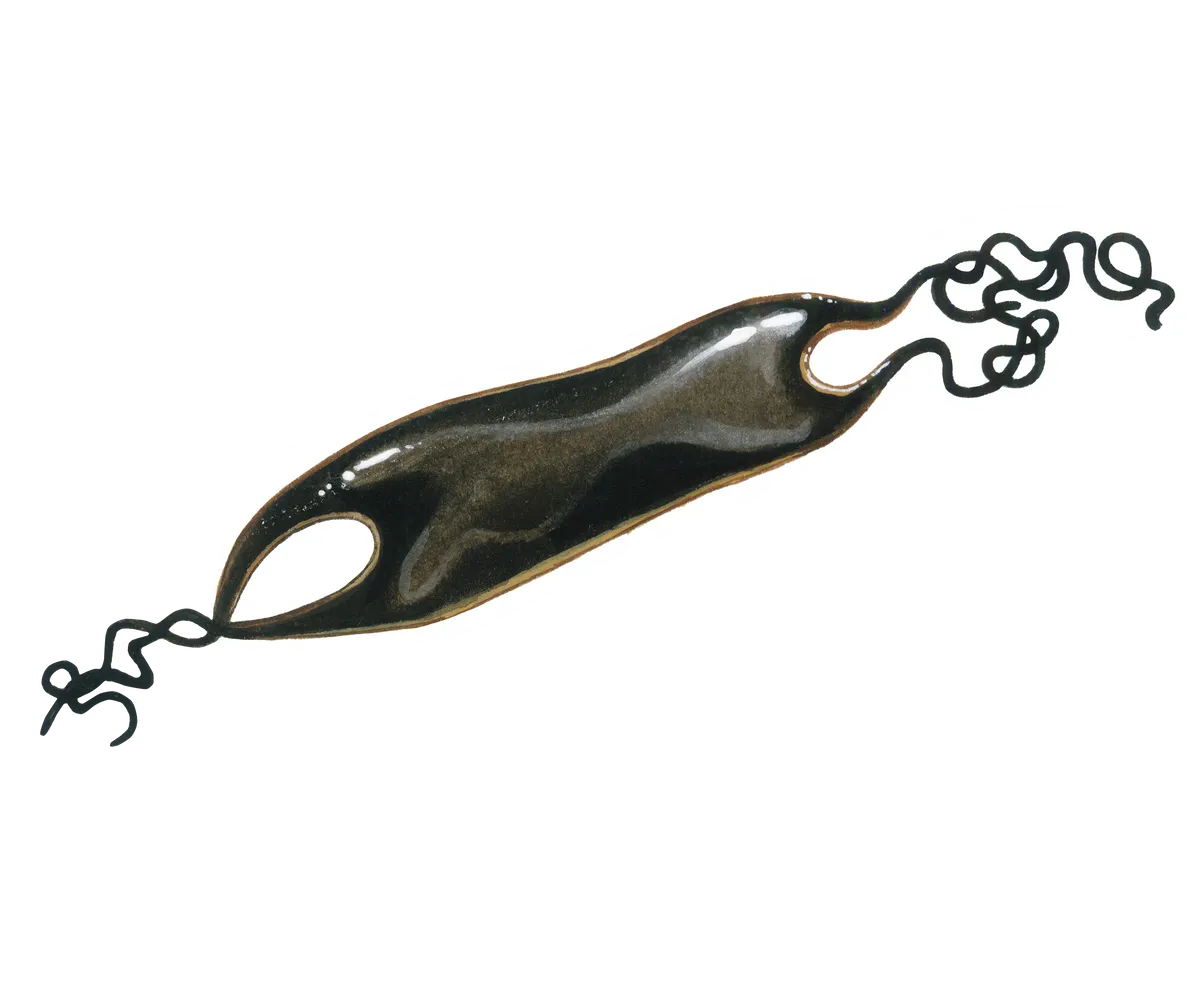
Also known as the eggcase, it may reach 215mm in length. Its size and woody appearance when dry makes it hard to miss. If you found one washed up on the beach, the Shark Trust is looking for sightings.
3
Common Goby Pomatoschistus microps
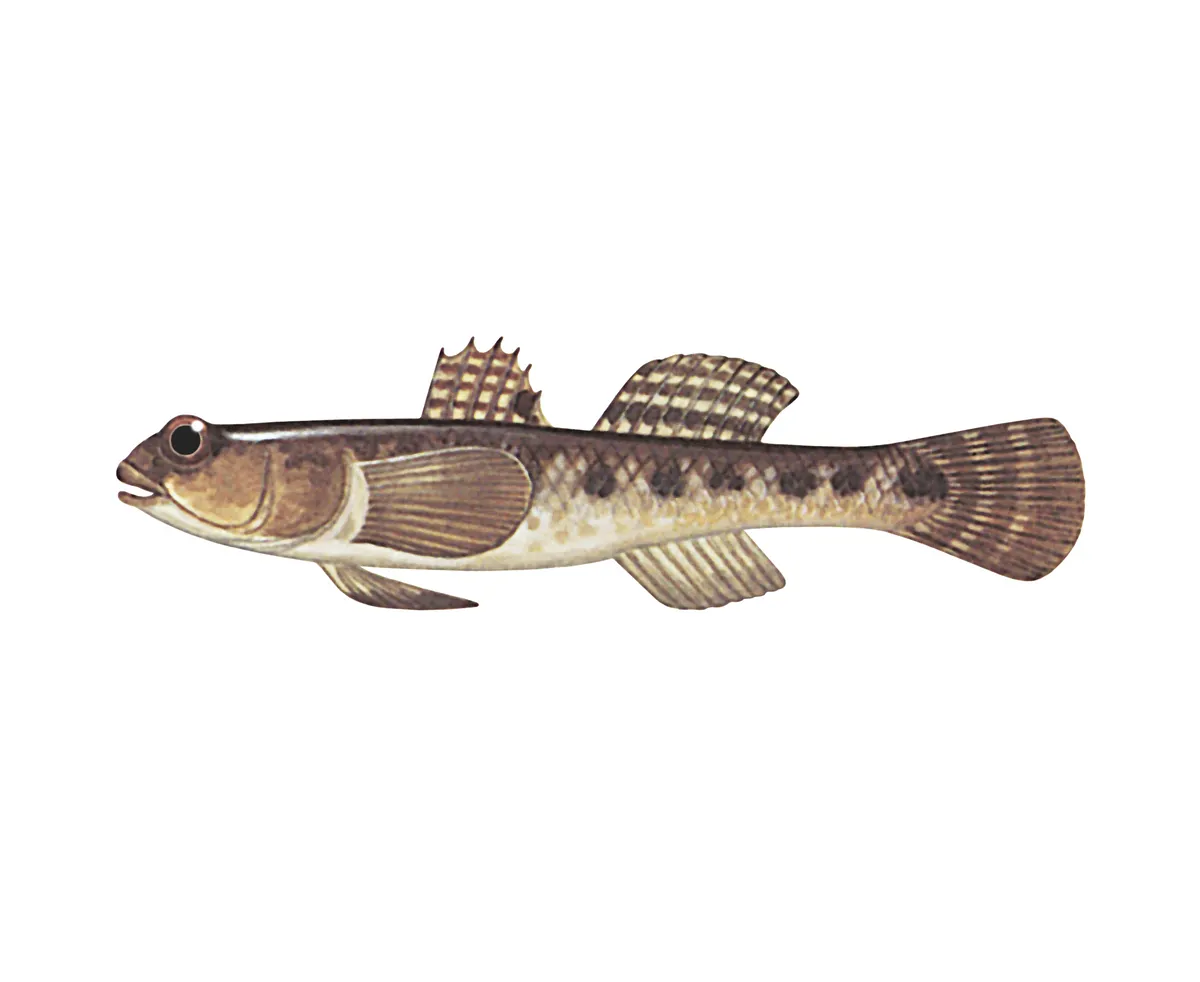
The top of the goby's head, as well as its nape and throat are completely scaleless. It grows up to 6cm in length and is commonly grey or sandy in colour.
Guide to rockpooling: how to get started, where to go, and essential equipment
Rockpooling is a traditional summertime seaside activity, but you can explore the hidden world of the sea's fascinating creatures at anytime of the year. Our expert rockpooling guide offers tips on the best places to go, essential equipment and how to get started.
4
Common Periwinkle Littorina littorea
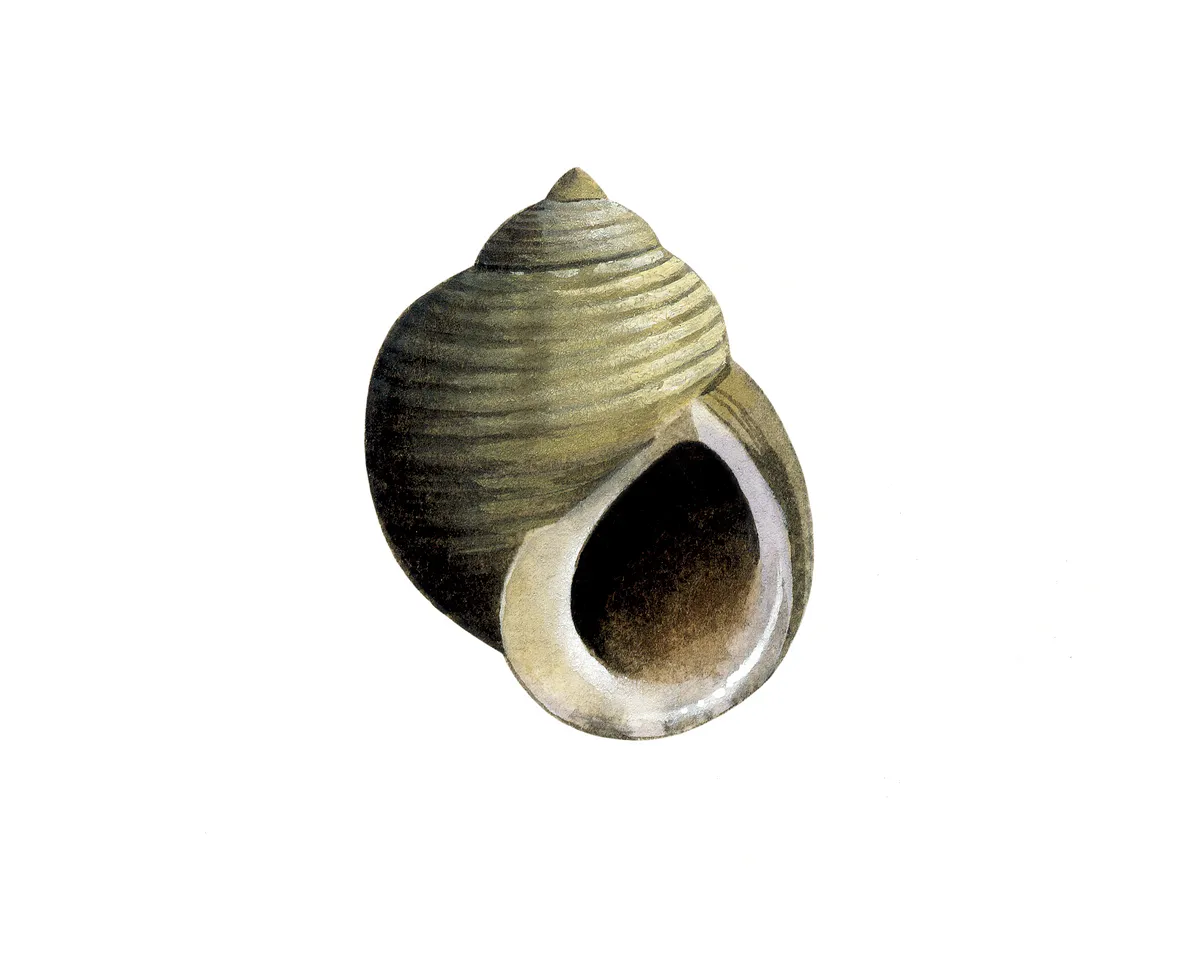
The common periwinkle is the largest of the species, reaching a minimum height of 5cm. The conical shell has spiral ridges and can range from anything to grey, black, brown or red.
5
Green Shore Crab Carcinus maenas
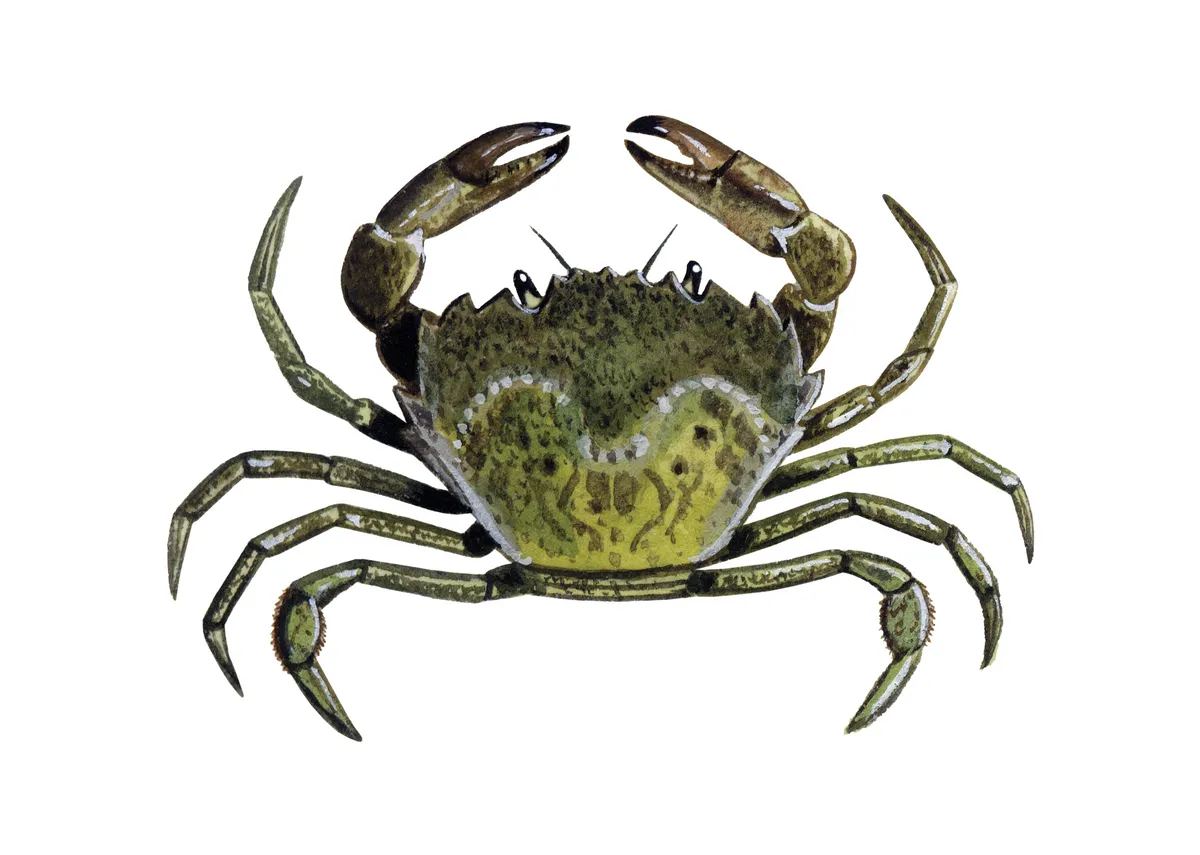
Our most abundant crab, found on all coasts. The shell has a jagged front edge with tooth-like projections. Colour varies, but often dark green.
6
Dog Whelk Nucella lapillus
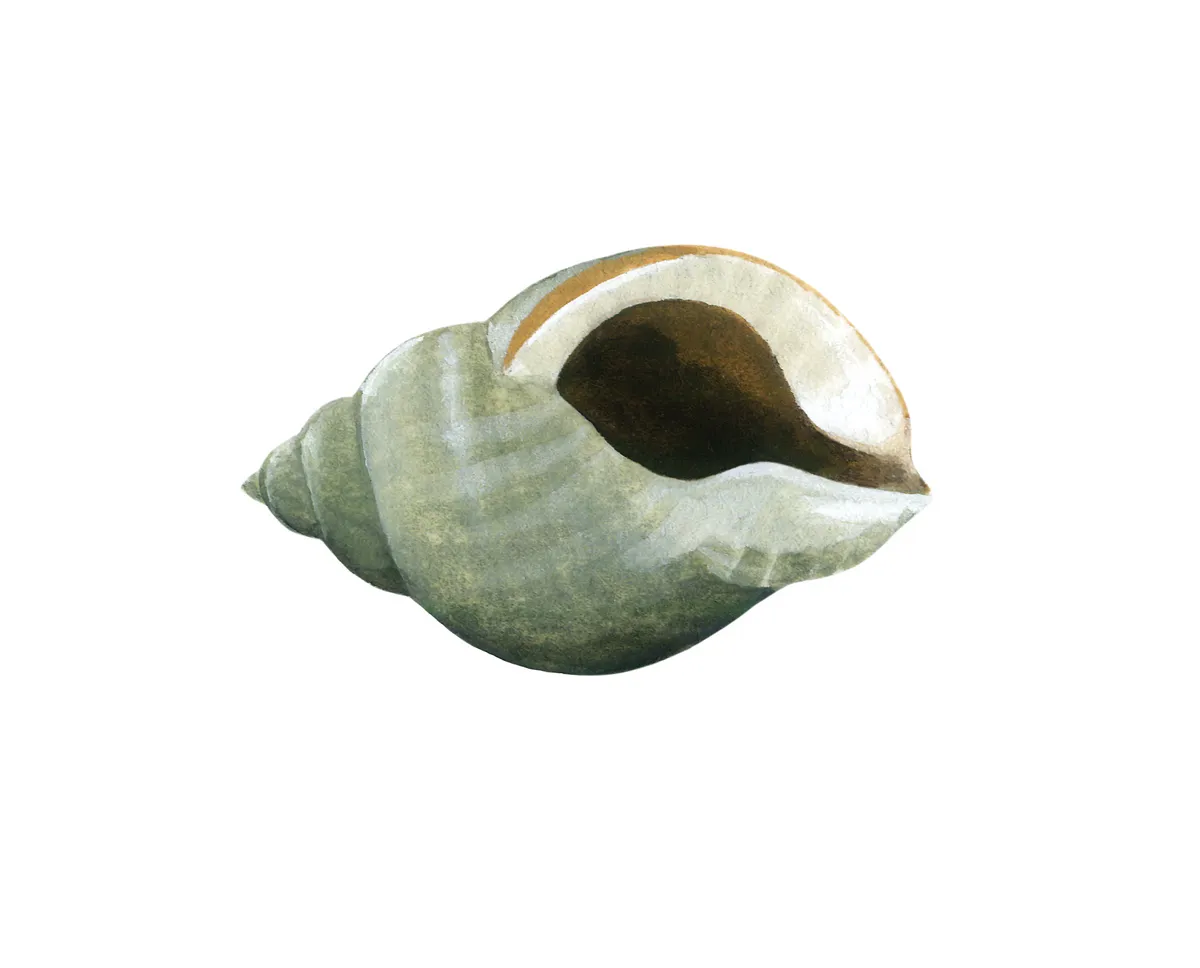
Similar in shape to the periwinkle, the Dog Whelk but can grow up to 6cm in height. The majority of Whelks are a pale shade of white.
7
Rough Periwinkle Littorina saxatilis
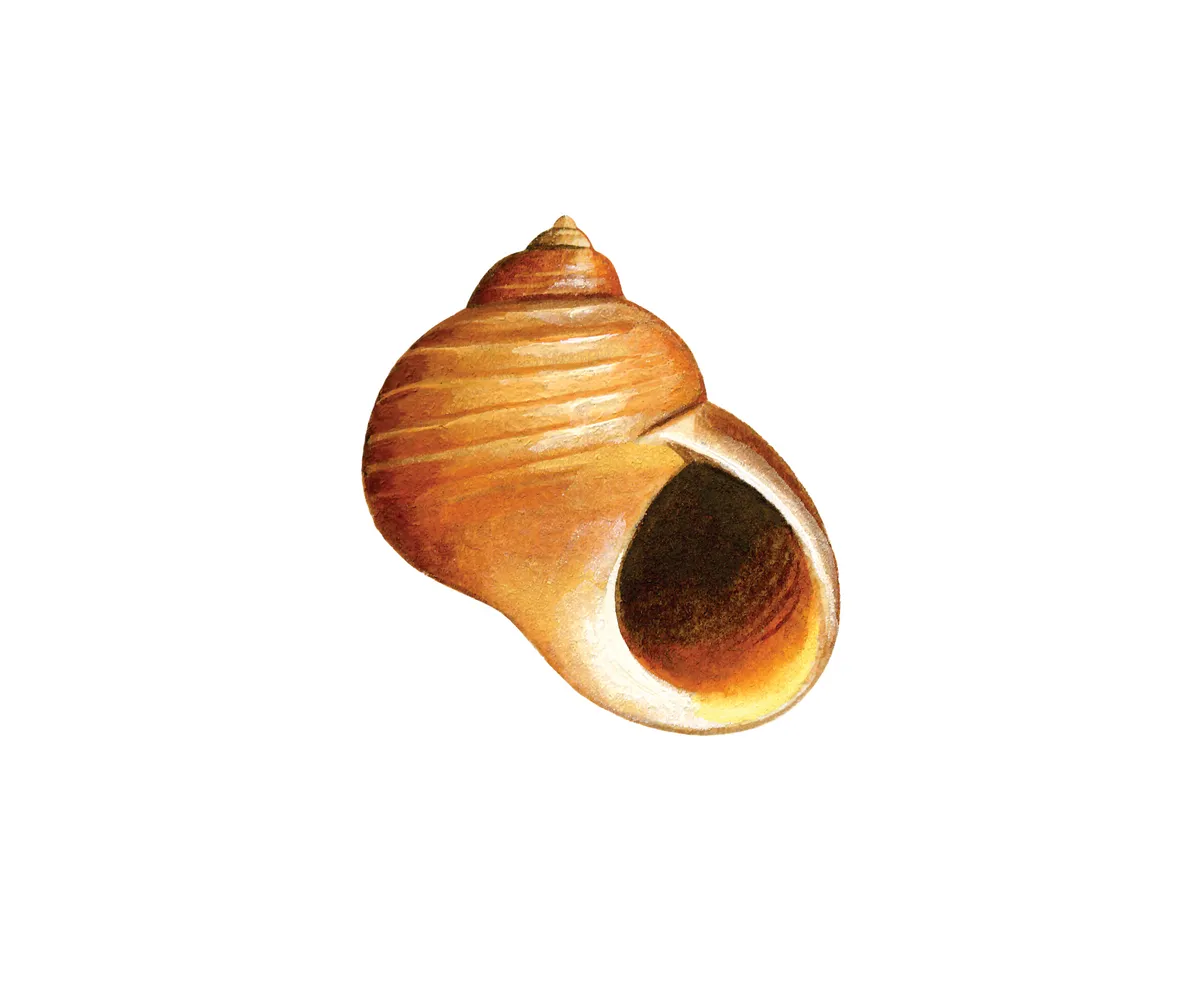
Very similar to its common cousin, but usually a lot smaller. It's shell is also unsurprisingly, a lot rougher. The colour of the shell varies from yellow to white and green to red.
8
Bladderwrack Fucus vesiculosus
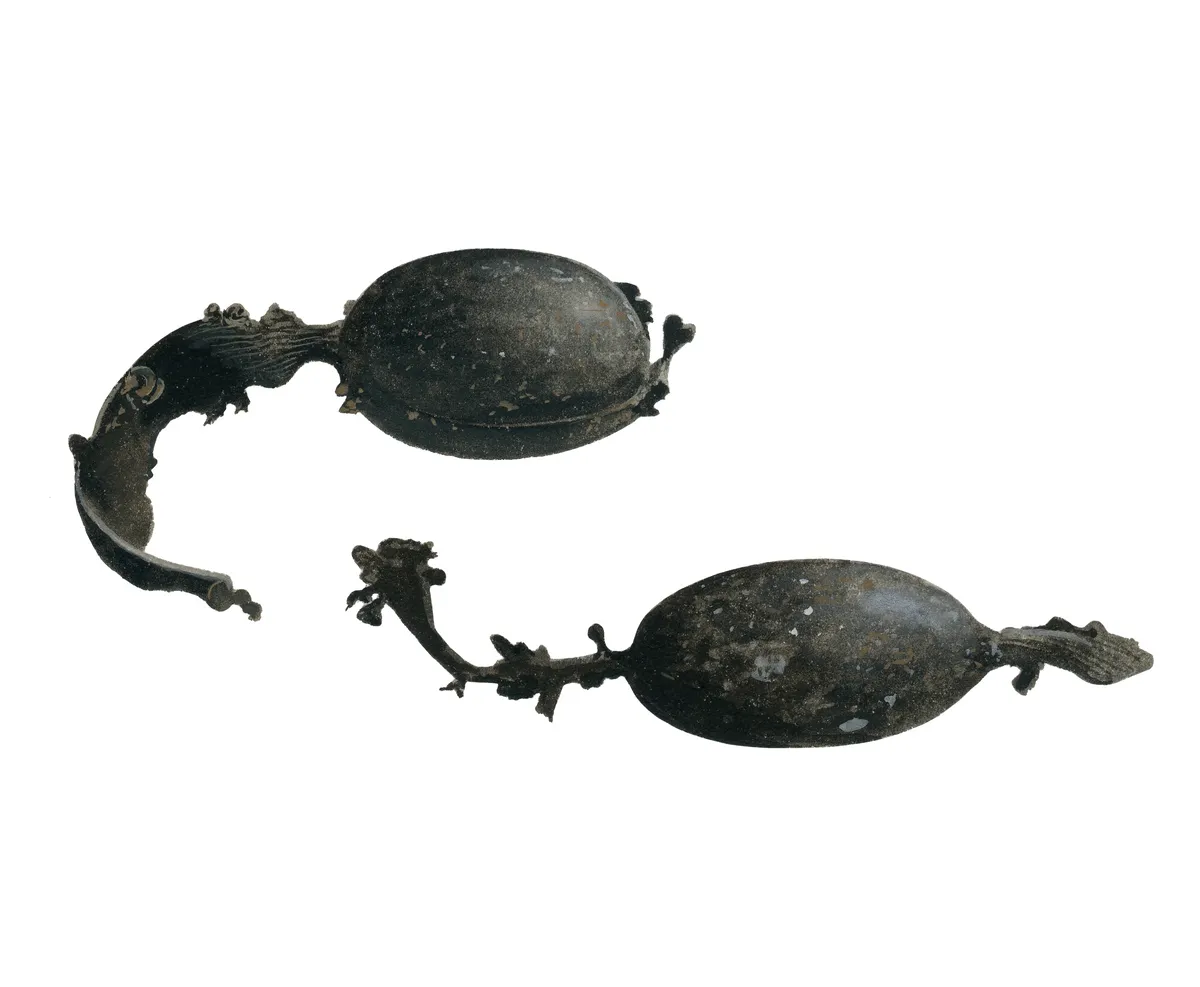
The bladderwrack is a large brown algae that can grow up to 2m long. It's usually found beneath among rocky shores, and can be found up and down Britain's coastline.
9
Beadlet Anemone Actinia equina
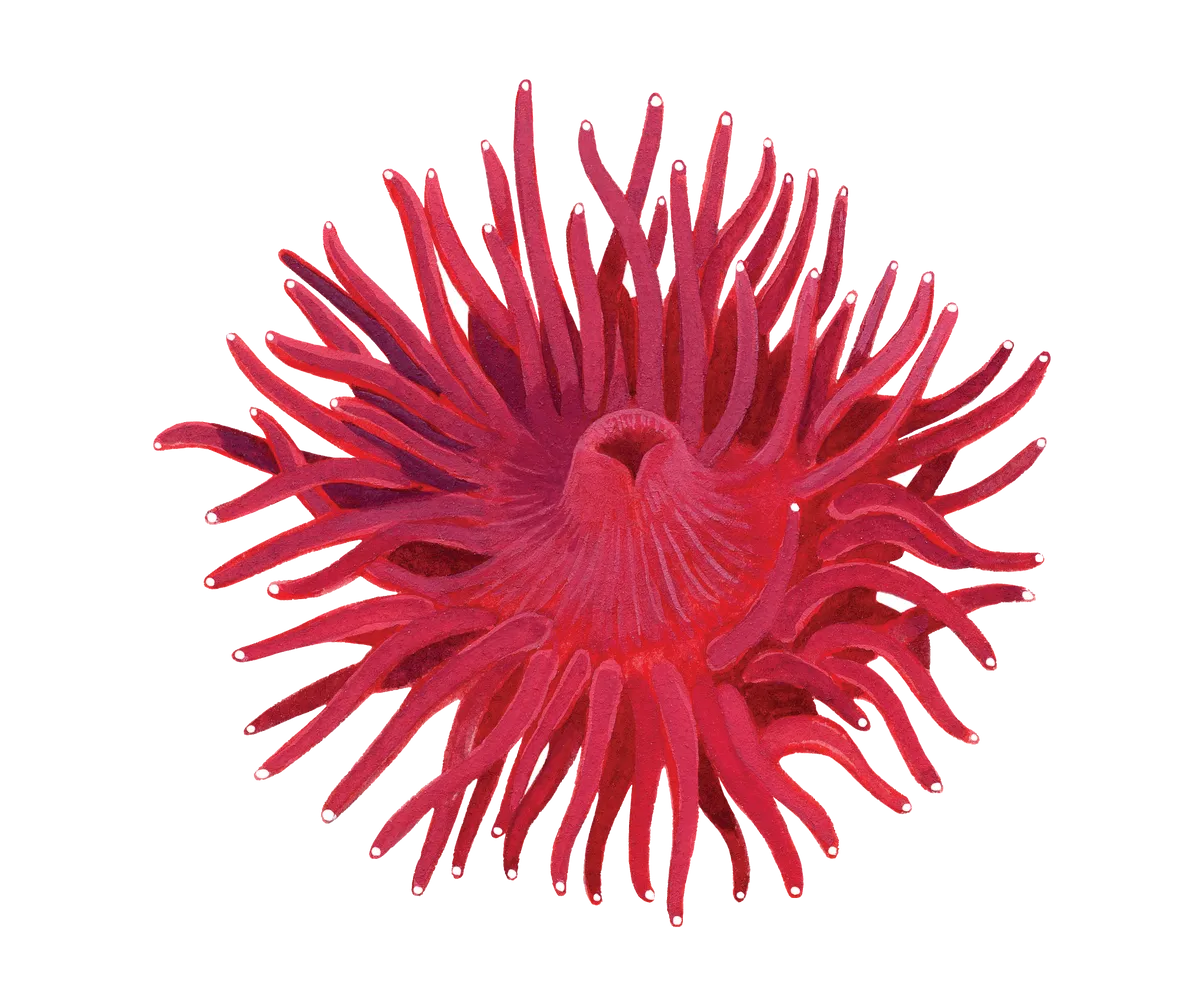
Look out for their familiar red or green blobby bodies on rocks at low tide. These unfurl to reveal waving tentacles when the tide comes in.
10
Common Limpet Patella vulgata
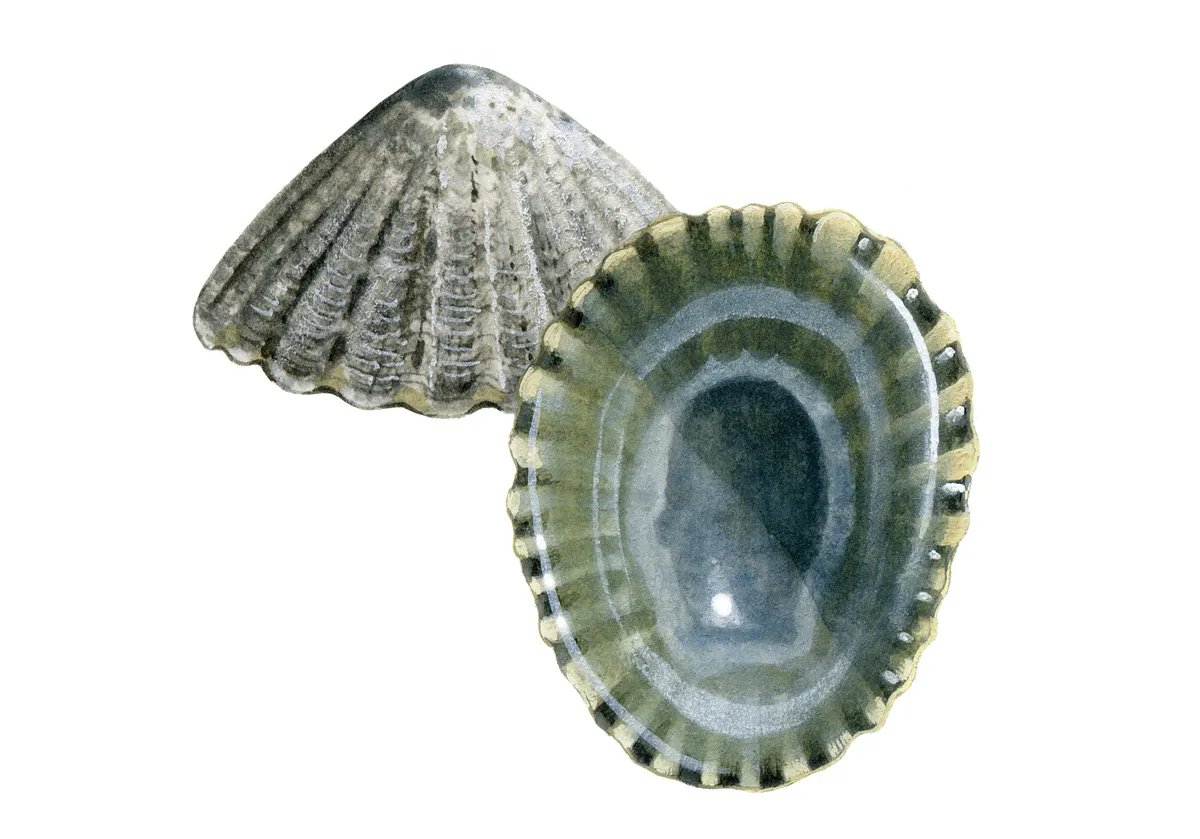
The limpet's shell is conical and can be up to 6cm long. The colour is commonly an ashy grey-white, with an occasional yellow tint. Found on the British coast if there is a hard substratum.
11
Brown Shrimp Crangon crangon
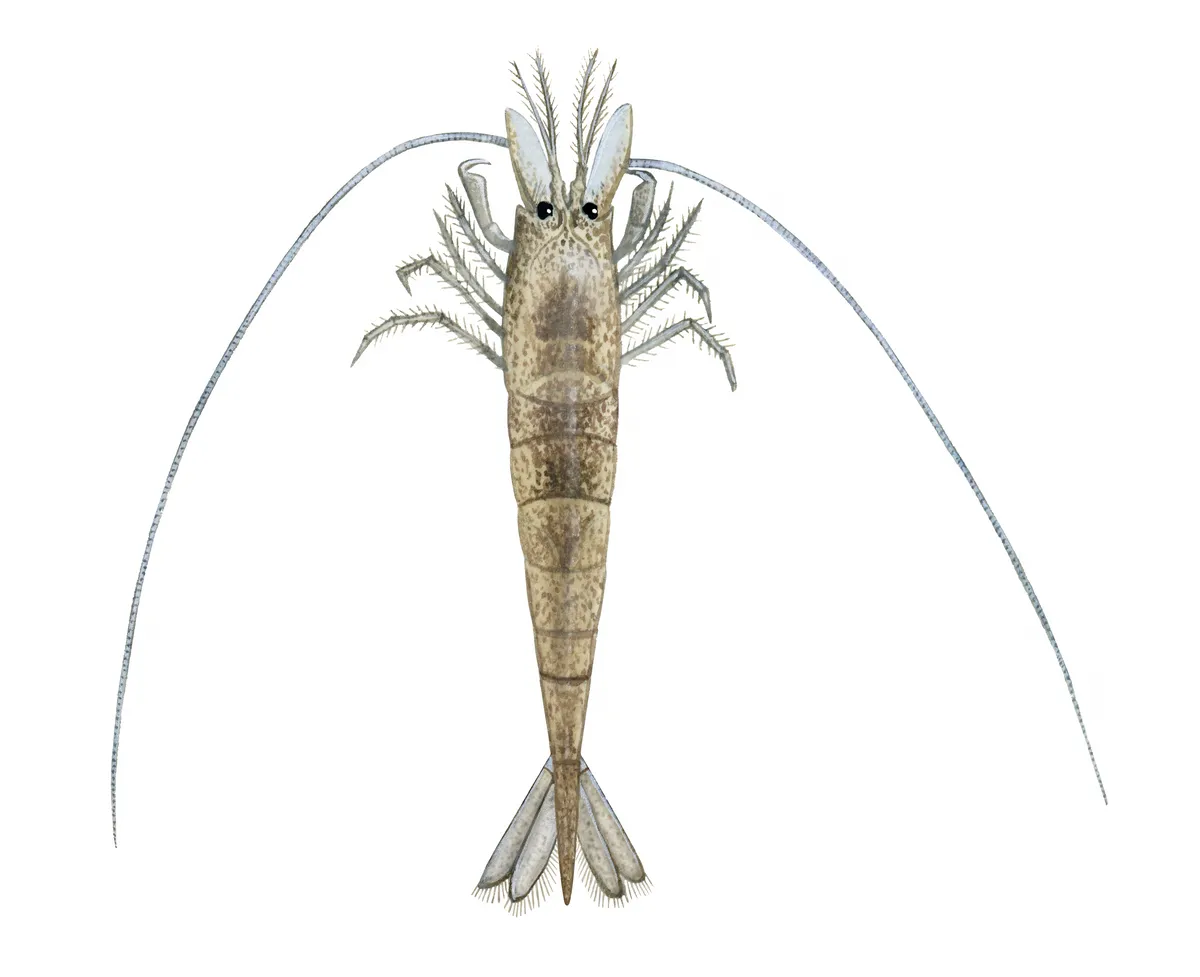
The brown shrimp can grow up to 8.5cm in length and has a long, thin body. Despite its name, the shrimp varies in colour, although commonly have a brownish colour.
12
Purple Topshell Gibbula umbilicalis
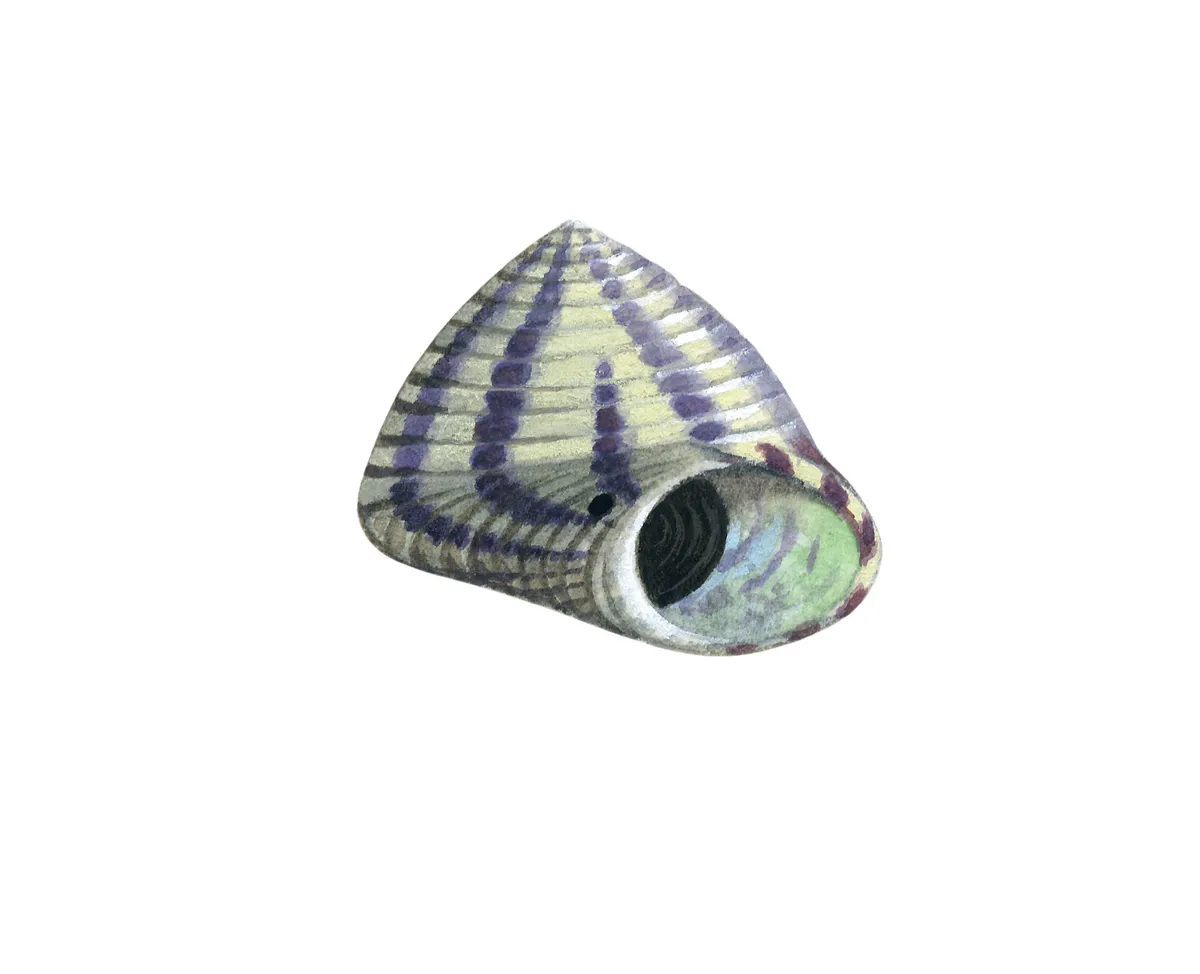
The flat top shell has a deep hole under the shell and is fairly broad and flat. It is usually greenish in colour with broad purple spirals, hence the name.
13
Common Whelk Egg Mass Buccinum undatum
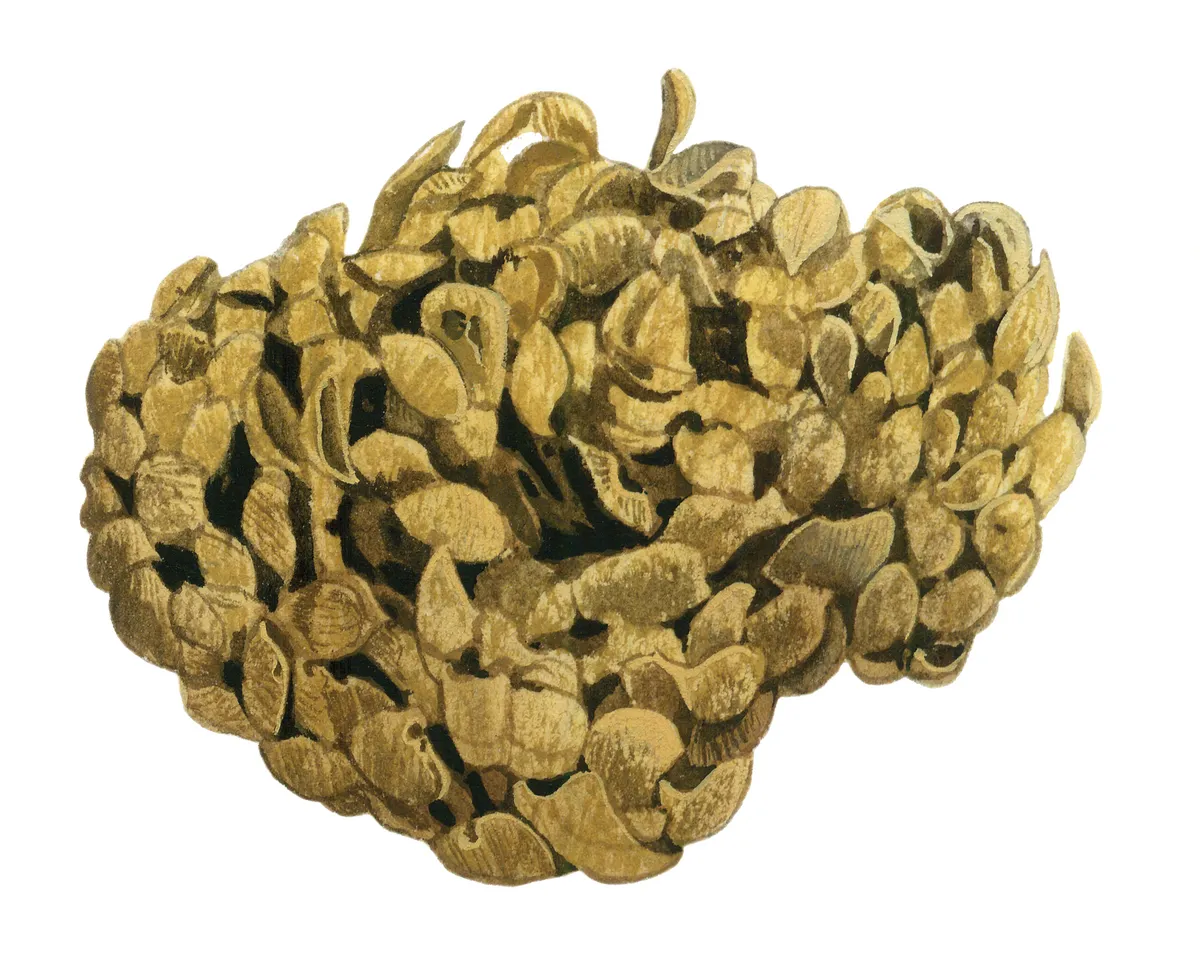
These form when whelks gather to spawn. Each small capsule contains hundreds of eggs, although the first whelk to hatch in each pouch then eats the rest. When the eggcases are yellow, they often contain live whelks. Another name for the eggcases is ‘sea wash balls’, as sailors once used them for washing.
14
Common Starfish Asterias rubens
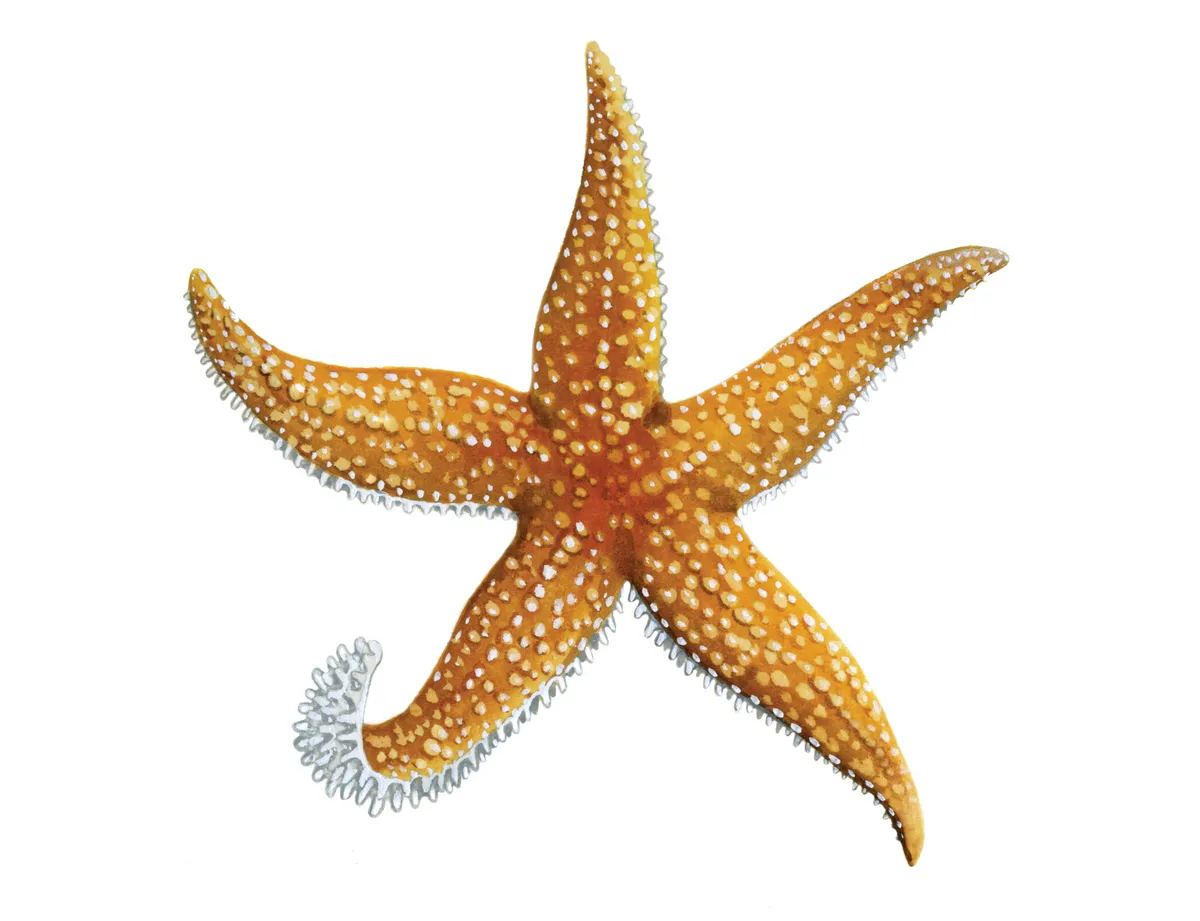
Although the common starfish is usually orange in colour, it can also be brownish or purple. It is instantly recognisable from its five-armed shape, with some individuals having six arms. Starfish can regenerate missing arms - in fact they can become whole again from just one arm and part of the central body! Average size is 20cm across.
15
Gutweed Ulva intestinalis
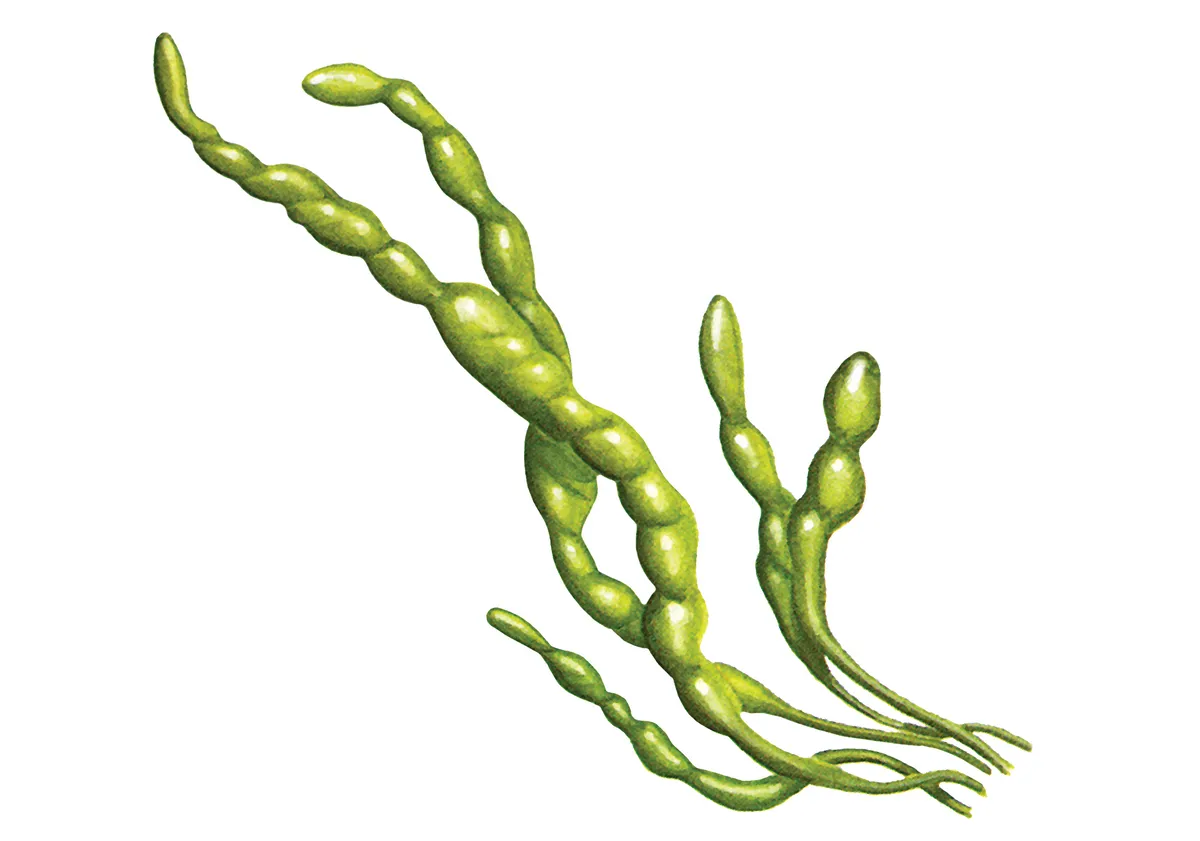
The bright green seaweed with hair-like fronds found at upper inter-tidal zone. Extremely common and found for most of the year. Wash it thoroughly by lifting out of water several times. Mild flavour but good for you.
16
Sea Lettuce Ulva lactuca
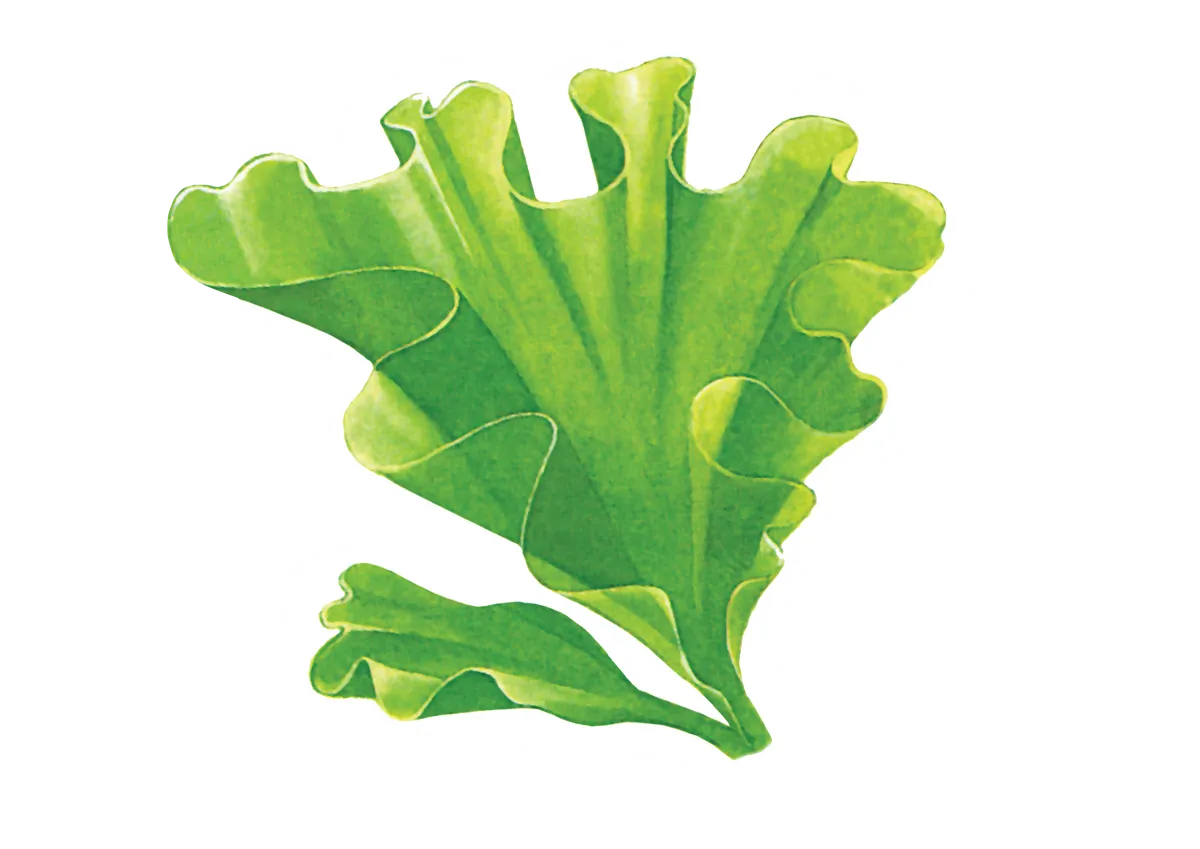
Sea lettuce is a small green algae frequently found amongst rocky shores. They can grow up to 30cm across.
17
Common Sea Urchin Echinus esculentus
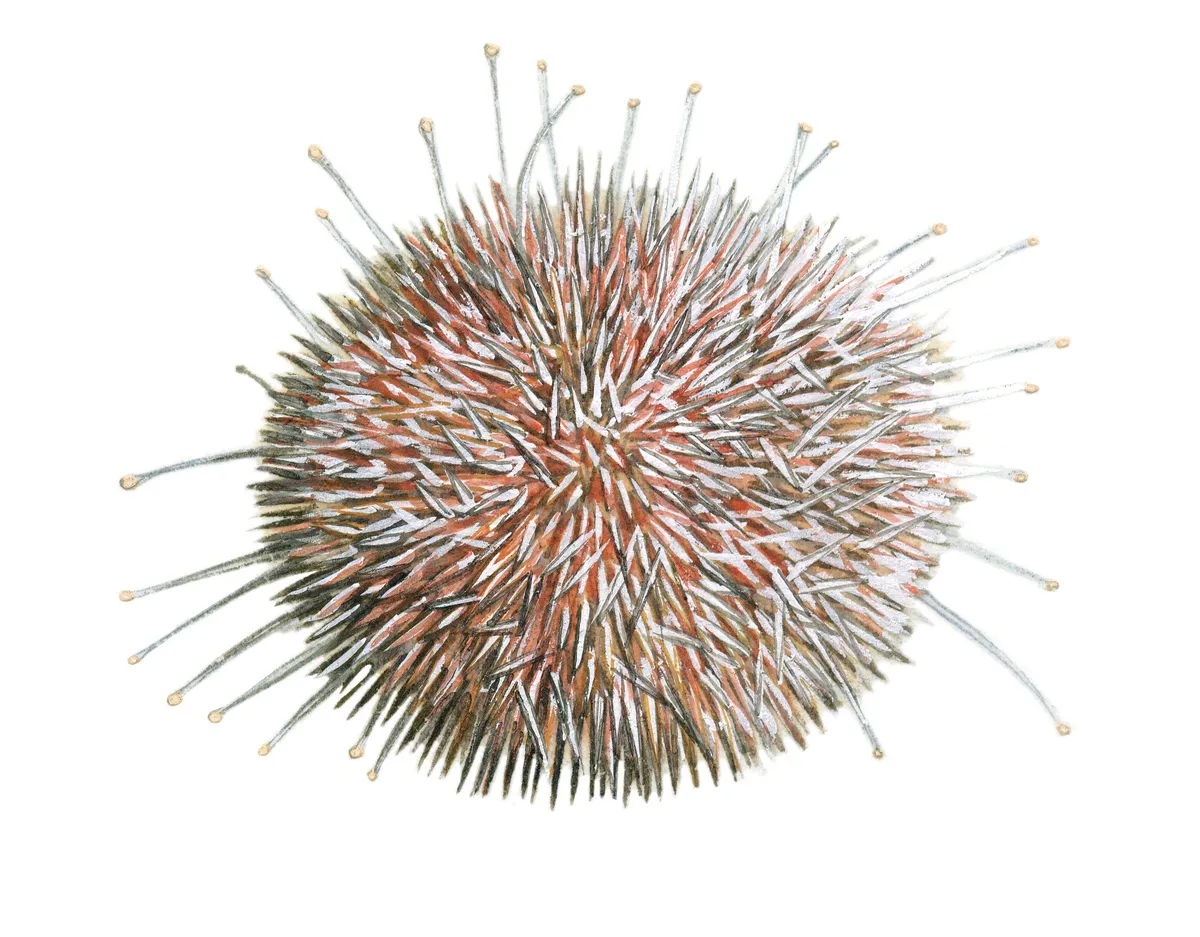
Common sea urchins are covered with spines – urchin is from the old English urcheon (meaning hedgehog). In death, only the brittle ‘test’ or skeleton remains. It’s like a fantasy jewel. Shore urchins graze on algae, but also feed on worms, sea squirts and barnacles.
18
Dried Sea Urchin Shell Echinus esculentus
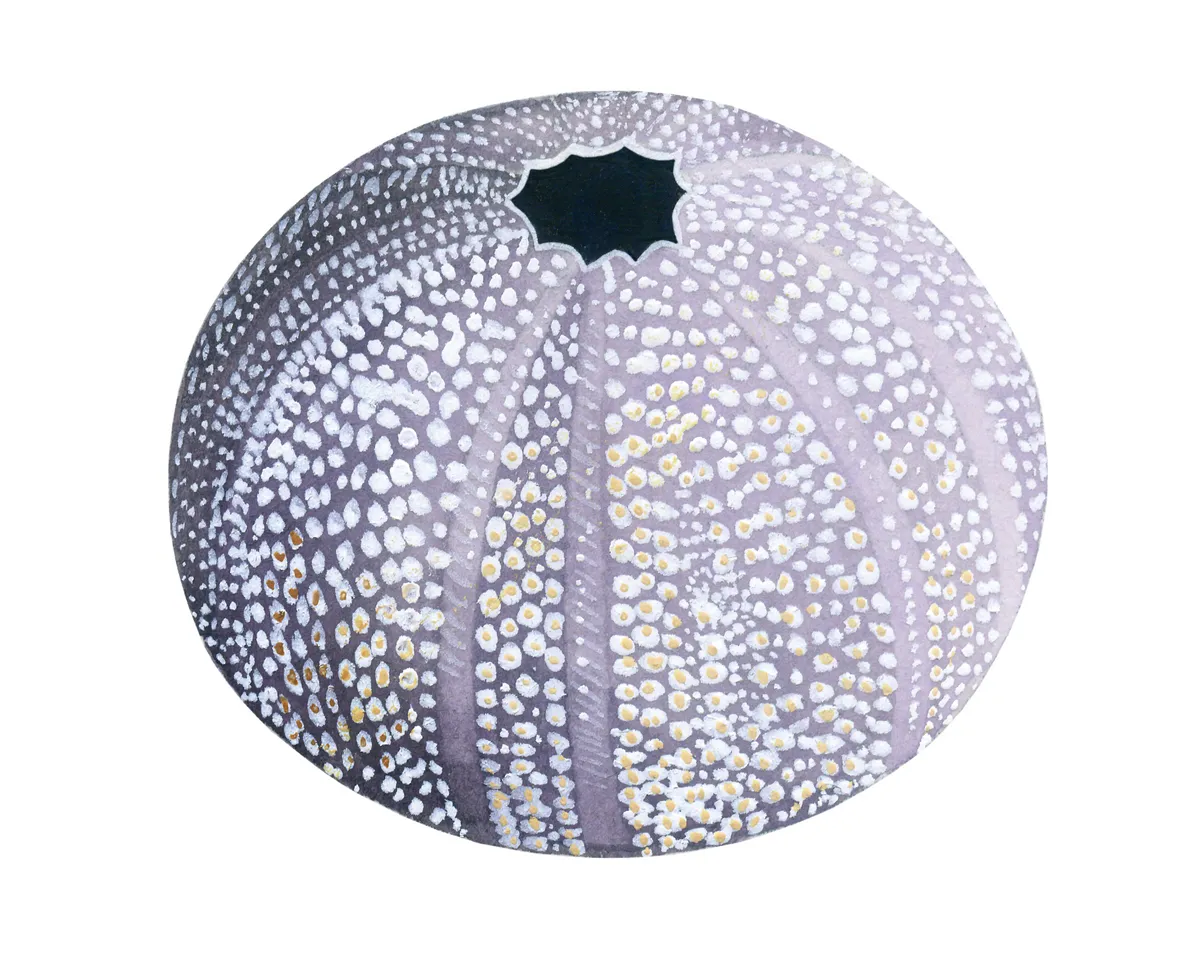
The dried up skeleton of a sea urchin.
19
Common Mussel Mytilus edulis
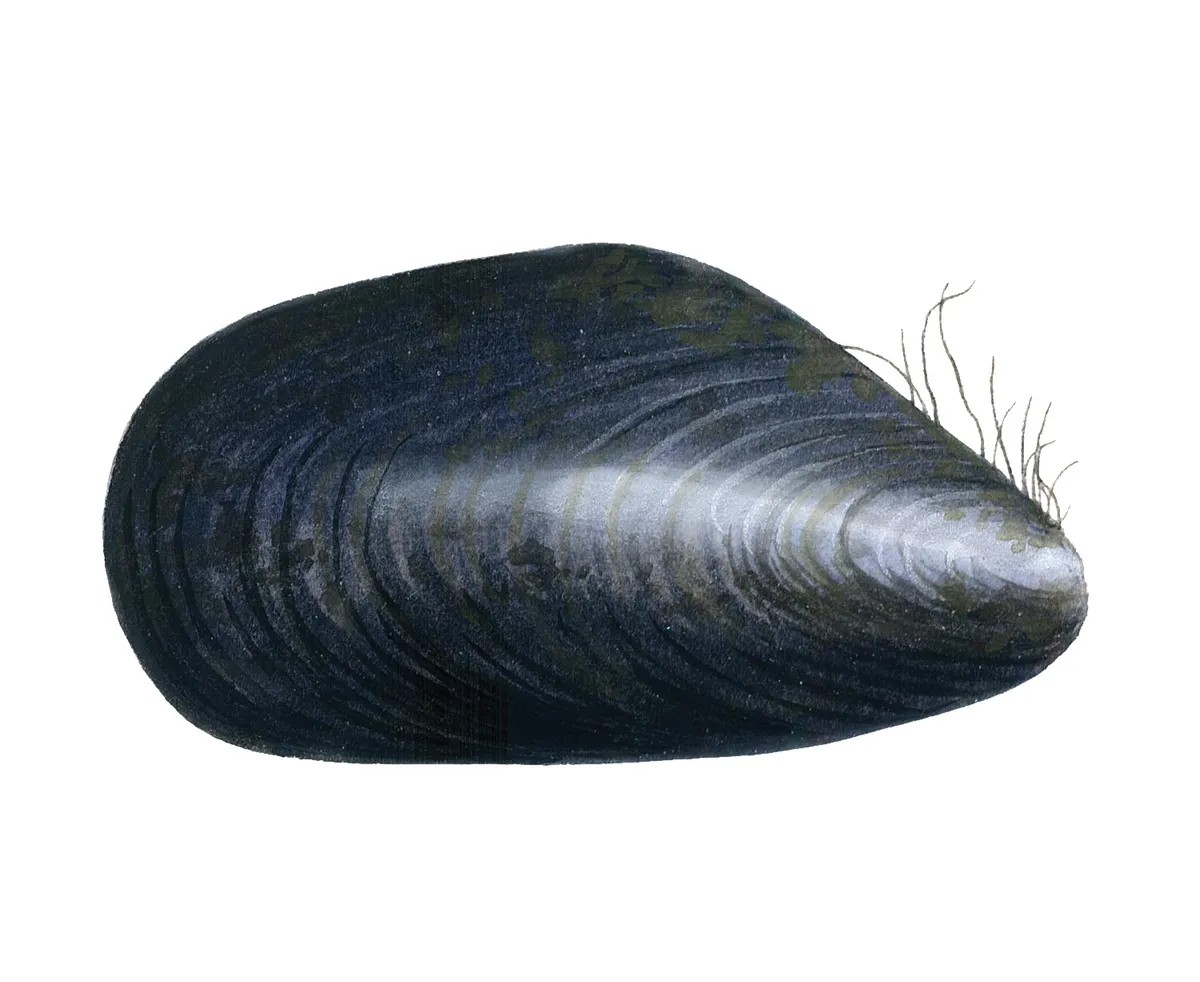
The common mussel's shell is roughly triangular, however can vary due depending on conditions. The shell is usually a dark shell of blue or purple and occasionally brown.
20
Velvet Swimming Crab Necora puber
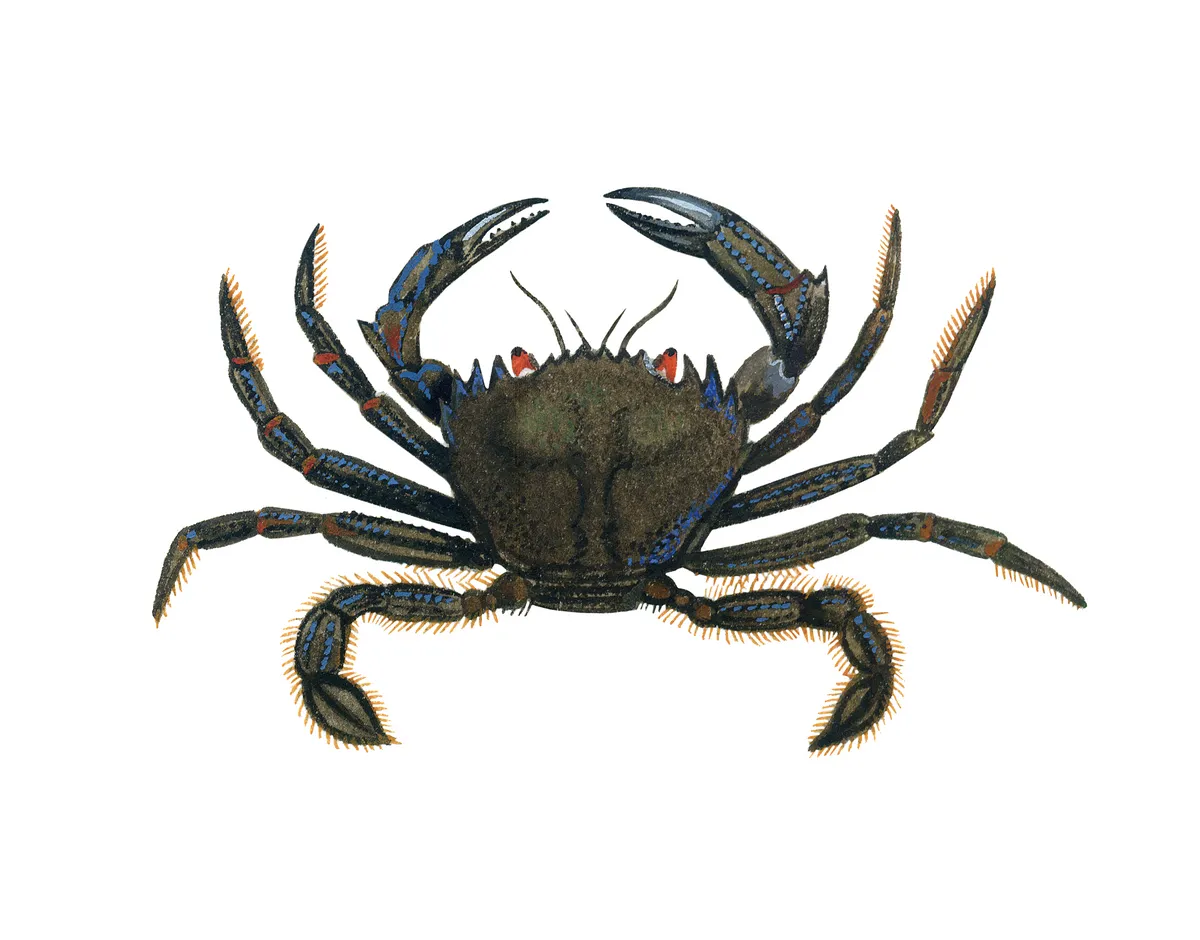
Bright red eyes give this its other name of devil crab. Hiding under rocks low on sheltered coasts, it’s feisty, snapping with claws if threatened.
